Porsche 804 F1
An overlooked tradition of success
BY: WOUTER MELISSEN
“Race on Sunday, sell on Monday” is the age-old adage for major manufacturers to justify their motorsport activities to the company “bean counters.” The Porsche approach has always been a little different – “Sell on Friday, race on Sunday.”
In other words, the German manufacturer used motorsport as a revenue stream by producing custom racing cars. That business model works well with GT cars and sports prototypes. That is not the case with Grand Prix racing, which has traditionally been the playing field solely of factory teams. As a result, Porsche over the years had little interest in single-seater racing with a brief period in the late-1950s and early-1960s as a rare exception. This venture was not necessarily by choice but more a result of several serendipitous events; nonetheless, in the best Porsche tradition, it did result in victory.
During the 1950s, Porsche’s racing efforts had focused on small displacement sports cars, powered by a production-based four-cylinder engine. The mid-engined 550s and subsequent 718s often punched well above their weight. The first of the serendipitous events was the addition of the new “junior” Formula 2 class in 1957. The displacement limit was set at 1,500 cc, which was exactly the size of the latest flat-fours developed by the German manufacturer. Naturally, this sparked the interest of Porsche’s flamboyant head of public relations and racing department Huschke von Hanstein. Of aristocratic origins, he was known as the “racing baron” and proved instrumental during Porsche’s formative years.
Under von Hanstein’s direction, the existing sports car design was adapted to suit the new Formula 2 category. Changes were so minimal that the company’s customers could actually modify their 718 RSK to run as a two-seater sports car or a central-seat Formula 2 racer. The fully enclosed sports car body was identical regardless of the configuration. Effectively, Porsche had produced two racing cars for the price of one. As it turned out, the 718 RSK proved successful in both configurations, scoring Formula 2 victories at the support races of the 1957 German and 1958 French Grands Prix. These wins as well as an open-wheel flat-four engined racer created independently from a Porsche 550 for Formula 1 racer Jean Behra inspired the development of Porsche’s a purpose-built Formula 2 racer.
Ready for the 1960 season, the new 718/2 was the first open-wheel racer produced by Porsche. Its spaceframe chassis and drivetrain design were still closely related to the RSK sports racers. In good Porsche and for that matter Volkswagen fashion, the front suspension consisted of twin trailing arms and torsion-bar springs. At the rear end a more conventional multi-link configuration was used with coil springs. The latest Type 547/3 four-cam engine was fitted, which was rated around 165 hp. It was mated to an all-new six-speed manual gearbox. The mid-engined machine was hugely successful, scoring six wins in the twelve races the 718/2 was entered. In addition to the works cars, Rob Walker also entered a car for Stirling Moss, who scored a 1-2-3 victory for Porsche at Aintree with Jo Bonnier in second and Graham Hill in third.
A comprehensive rule change ahead of the 1961 season proved to be the final push for Porsche to enter Formula 1. A reduction in maximum displacement from 2,500 cc to 1,500 cc meant that with a stroke of the pen, Porsche had a Grand Prix car whether this was the intention or not. Now that there was an opportunity to take on the likes of Ferrari head on, it would almost be rude not to. The existing 718/2s were used in the opening rounds of the 1961 Formula 1 World Championship in anticipation of an all-new Grand Prix car due in 1962. As a stop-gap measure, the interim four-cylinder-engined Type 787 was produced, which proved little in the way of an improvement. Dan Gurney did manage three second-place finishes with the 718/2, which was not a bad start to Porsche’s Formula 1 career.
For 1962, all hopes were pinned on a new eight-cylinder engine of which the development had already started in 1960. It was the work of Hans Hönich and Hans Mezger and carried over many of the key features of the legendary “Fuhrmann” four-cylinder engine. Known as the Type 753, it was of course air-cooled and the eight separate, finned cylinder barrels were mounted horizontally on a cast magnesium alloy crankcase, four on each side. Each bank of cylinders was equipped with twin overhead camshafts, which were driven by shafts and bevel gears from the crankshaft. Early in the design process a build-up crankshaft produced by Hirth was tried, which was similar to the ones fitted to the four-cylinder engines. It was, however, set aside and a more conventional single-piece crankshaft with nine plain bearings was used.
Several years later, he would become a legend in Porsche circles by designing the 917 engine but during the development of the Type 753 flat-eight, Hans Mezger still focused on the valve gear. Placed at an 87-degree angle, each cylinder featured two valves. The intake ports were fed by four Weber carburetors. The cylinder featured twin spark plugs, each connected to a separate Bosch distributor. These were mounted in a V at the rear of the engine behind the plastic fan that aided in the cooling. With the engine running at 10,000 rpm as much as 1,400 liters of cold air was blown through the engine. Both the distributors and the cooling fan were driven by the top shafts. A separate oil cooler was fitted, which was placed in the nose of the car.
Spending the company resources well, Hönich and Mezger developed two versions of the same engine; the Type 753 for Formula 1 and the slightly larger Type 771 sports car unit. What set them apart was a 10 mm bore difference; 66 mm for the former and 76 mm for the latter. Both shared a 54.6 mm stroke, which gave a displacement of 1,495 cc and 1,982 cc respectively. The first Type 753 engine first ran towards the end of 1960 and its development proved troublesome. At the initial run, it produced no more than 120 hp and by the time it was ready to race, it was good for 172 hp at 9,200 rpm. That was a far cry from the initial goal of 200 hp and also less than the 195 hp that was quoted for the Coventry Climax V8 used by the likes of Lotus.
Mated to the proprietary six-speed gearbox, the Type 753 engine was mounted in a multi-tubular, steel spaceframe chassis designed by Helmut Bott. This was a further development of the Type 787 used in 1961 and was known as the Type 804. Gone was the traditional trailing-arm front suspension and instead a narrow upper wishbone and a considerably wider lower wishbone was fitted. The upper wishbone served as a rocker to actuate the damper, while the torsion bar spring was connected to the pivot of the wishbone. The rear-end featured a similar setup with the suspension also placed in-board. Fitted on all four corners were Porsche’s distinct disc brake system, which was effectively a reverse setup compared with conventional disc brakes. These were fitted to the wheels with bolts around the outer edge and featured a two-piston caliper that grabbed the disc from the inside.
The Porsche 804 F1 was clothed in an aluminum body that, with its rectangular cross section, followed the shape of the flat-eight engine. Compared with the 718 and 787 it replaced, the first purpose-built Porsche Grand Prix car was considerably lower and sleeker. It tipped the scales at around 460 kg, which was just 10 kg over the minimum weight set in the regulations. Testing commenced in March of 1962, and such were the doubts about the Type 771 engine that the second chassis was fitted with a tried-and-trusted four-cylinder engine as a precaution. It was rebuilt and fitted with a proper eight-cylinder engine in time for the season-opening Dutch Grand Prix. The cars were dispatched under the strict instruction from Ferry Porsche that they were to be withdrawn should they prove uncompetitive during the practice sessions.
The two 804 F1s were entered at Zandvoort for Dan Gurney and Jo Bonnier. During qualifying, the American was sixth fastest and Bonnier lined up for the race in eleventh. Gurney was two seconds faster than he had been a year earlier but he was still two seconds off the pace of the ground-breaking Lotus 25 that also debuted at Zandvoort. In the race, a gearbox failure saw Gurney retire from the race just past the halfway mark. Bonnier finished in seventh but he was five laps down and beaten by a privately entered 718/2. Ferry Porsche was not impressed and pulled the entry for the Monaco Grand Prix. Gurney managed to convince him to reconsider and one 804 F1 was dispatched to the Principality. He started fourth but was rammed from behind in the first corner, causing too much damage to continue.
It was decided to skip the Belgian Grand Prix and incorporate the lessons learned in the first two outings. Gurney’s engineering prowess proved particularly useful in the development of the 804 F1. Among the changes were a reinforced chassis, strengthened front suspension with an additional trailing arm, and a modified driving position. Following the example set by the Lotus 25, the new design enabled the driver to lay down farther and allowed a driver of even Gurney’s tall stature to really fit inside the car. To allow for these changes, the fuel tank was redesigned and the pedals were moved farther forward. A brand-new car was built for Gurney incorporating all these changes. It was entered for the French Grand Prix, where Bonnier raced one of the earlier cars.
Gurney was still nearly two seconds off the pace and started the race in eighth, while Bonnier was tenth with a lap that was another second-and-a-half slower. During the race, Gurney gradually moved up the order, making no mistakes and benefiting from other drivers’ misfortunes. He completed the fifty-four laps around the Rouen Les Essarts circuit in just over two hours to claim Porsche’s first Grand Prix victory. The two Porsches were next entered in the non-championship Solitude Grand Prix, which was the manufacturer’s home race. Gurney and Bonnier finished first and second against minimal opposition. Gurney then finished a lowly ninth at the British Grand Prix before the all-important German Grand Prix was run. The talented American started from pole position and held an early lead. He ultimately had to settle for third behind the BRM of Graham Hill and the Lola of John Surtees.
Following more disappointing results at the Italian and American Grands Prix, Porsche opted to skip the final round in South Africa. The team was fourth in the constructors’ standings, equaling Ferrari with eighteen points. In the meantime, development had continued with a revised rear suspension that now featured twin trailing arms. A fiberglass body had also been created, which was a first for Porsche. Engine performance had also been further increased and the Type 753 flat-eight was now good for around 195 hp. While there was no official word until well into 1963, and a limited program of two or three races was rumored, Porsche eventually announced its withdrawal from Formula 1. The focus returned firmly on sports car racing where Porsche could not only build and race their competition cars but crucially also sell them to customers.
Over the next decades, Porsche was often rumored to consider a return to Formula 1 but that never happened with two brief exceptions during the 1980s and early 1990s. This was under Porsche’s terms and fully paid for by the Mansour Ojjeh’s TAG company. In this arrangement, Porsche was effectively the sub-contractor in what was no doubt a lucrative arrangement. It was also a highly successful venture as the TAG-badged Porsche engines powered McLaren drivers to three World Championship titles. A subsequent and short-lived venture with a V12 engine on the other hand was an unmitigated disaster. The German manufacturer’s return to Formula 1 as an engine supplier may still be in the cards as Porsche is one of the participants in the talks about the next-generation power units.
During the 1962 season, Porsche built four 804 F1s but only raced three of them. With the air-cooled flat-eight engine and the unique brake system, they were among the most distinct cars on the grid. Compared with the British cars, in particular, the 804 F1 was also overly complex and took much time to construct. Assembling the Type 753 engine alone would take more than 200 hours, for example. By comparison, the later Type 901 flat-six racing engines could be built in fewer than twenty-four man-hours. Despite all this, Dan Gurney managed to claim the coveted Grand Prix victory, which ensured that the project was not a complete failure. In the Type 771 sports car configuration, the complicated but ultimately very potent flat-eight did manage to score many more major victories at events like the Targa Florio, Sebring 12 Hours, and Daytona 24 Hours.
A more detailed account of Porsche’s Formula 1 efforts in the 1960s can be found in Mark Whitelock’s fabulous book on the era: 1.5-litre Grand Prix Racing 1961-1965: Low Power, High Tech
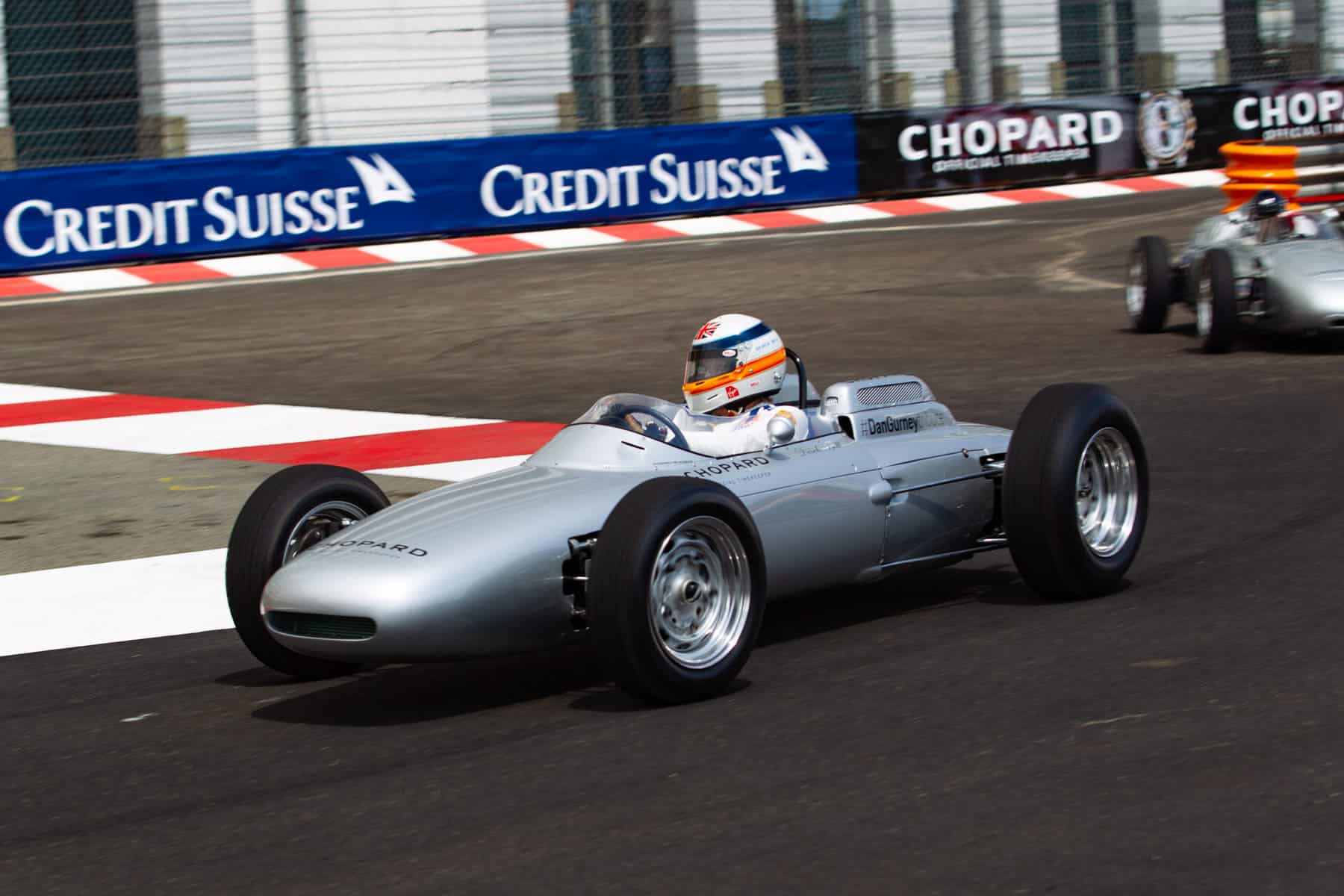

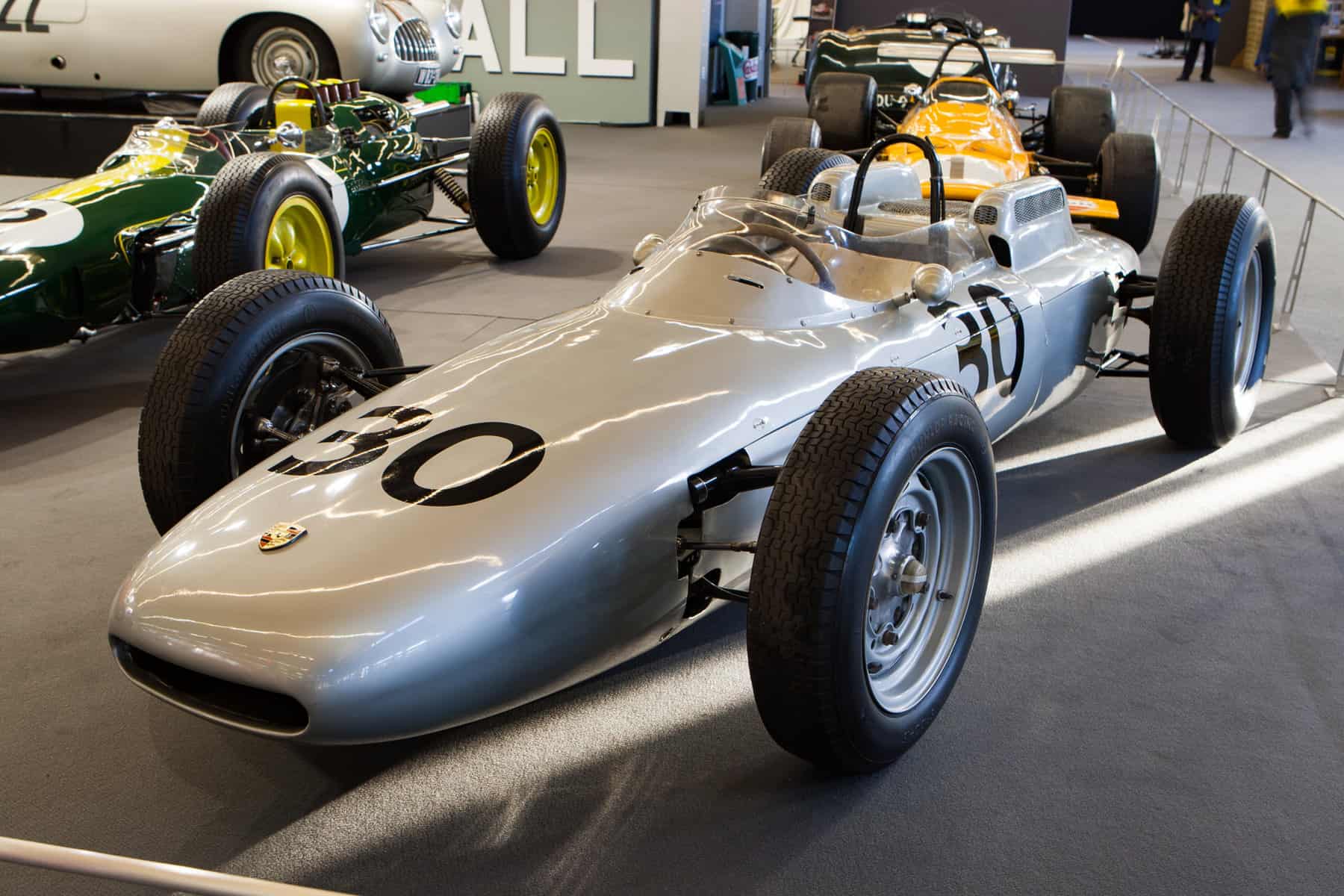

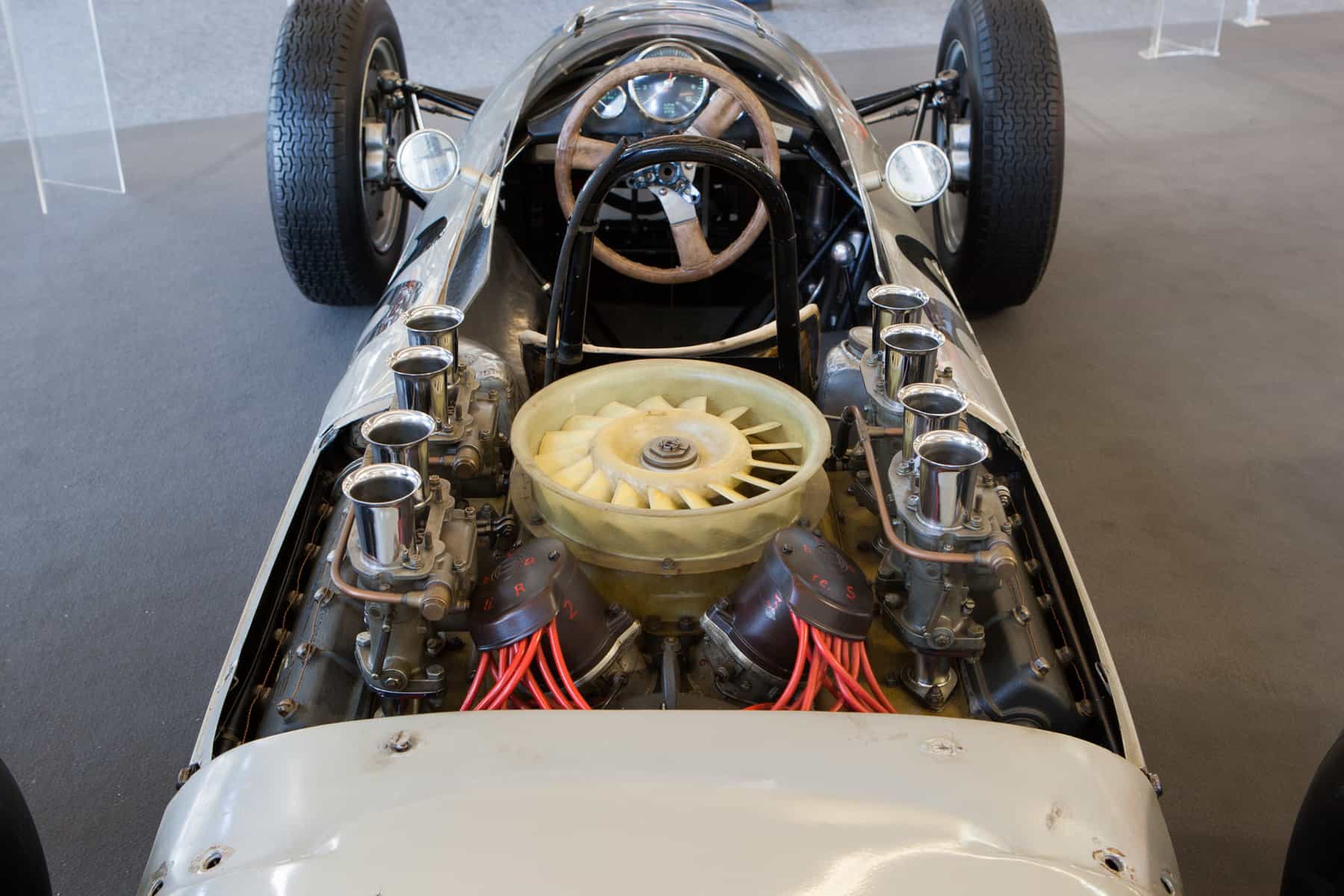
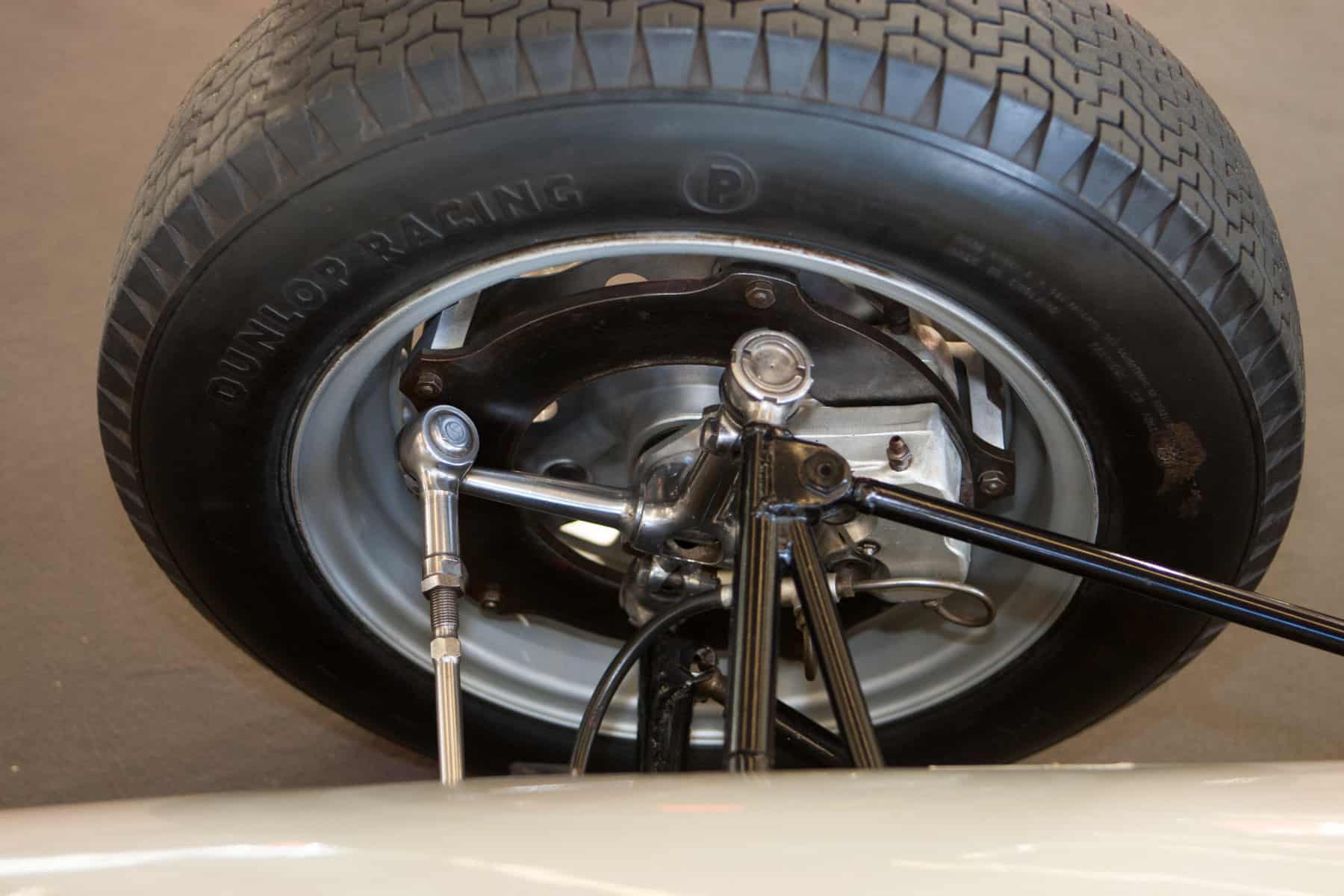

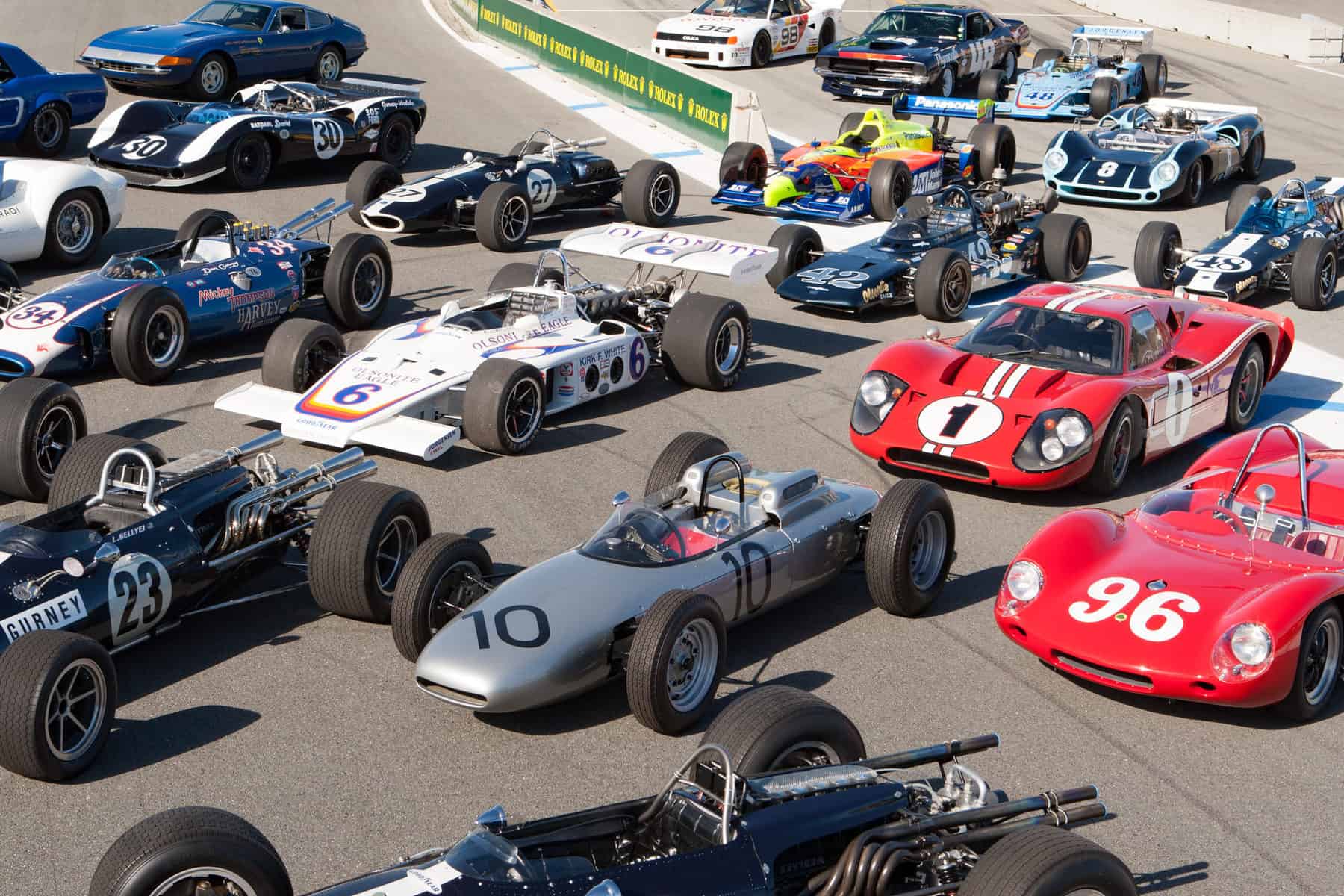



![alfa gtz perfectly imperfect webannerl[1]](https://automedia.revsinstitute.org/wp-content/uploads/2024/08/Alfa-GTZ-Perfectly-Imperfect-webannerl1-uai-1200x800.jpg)

